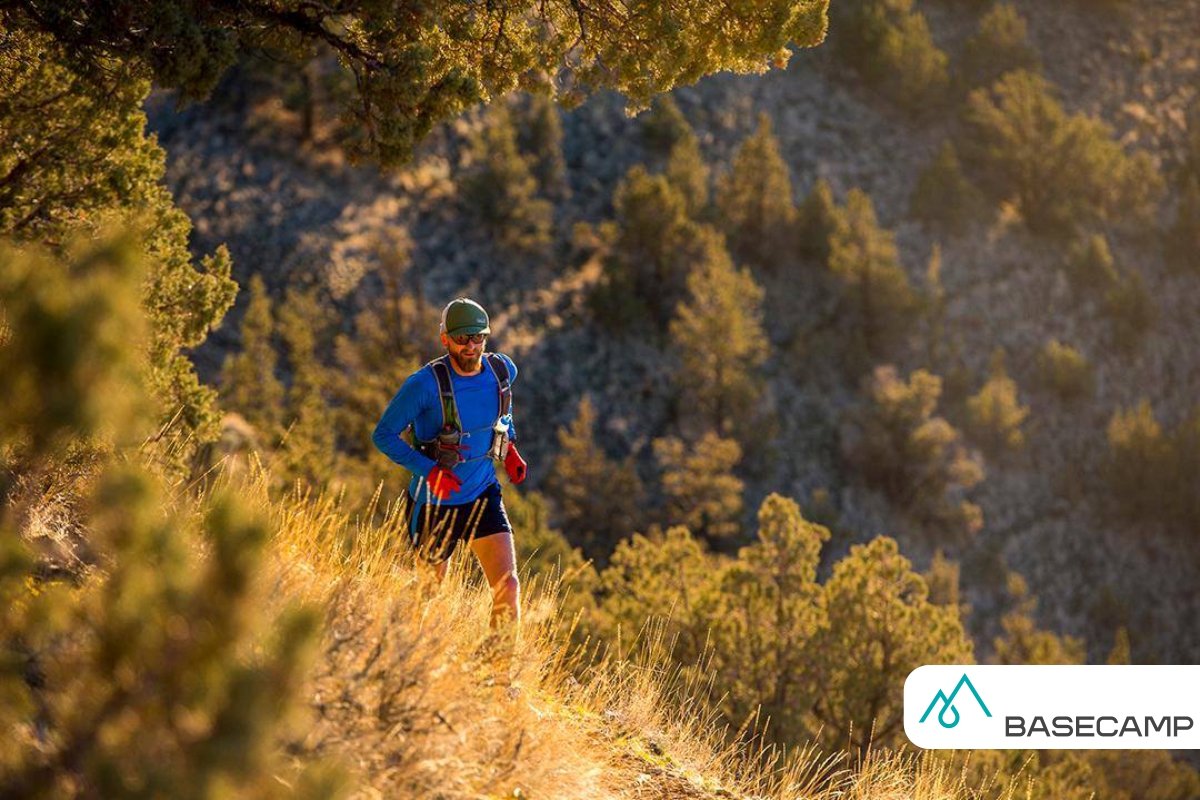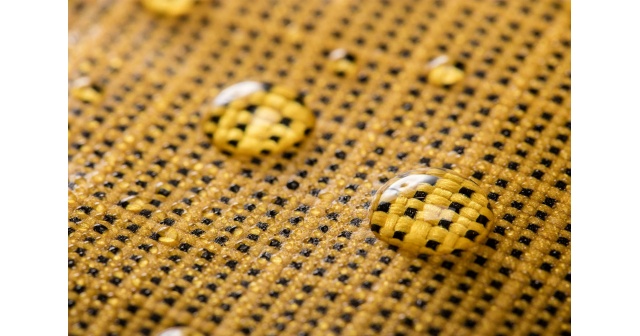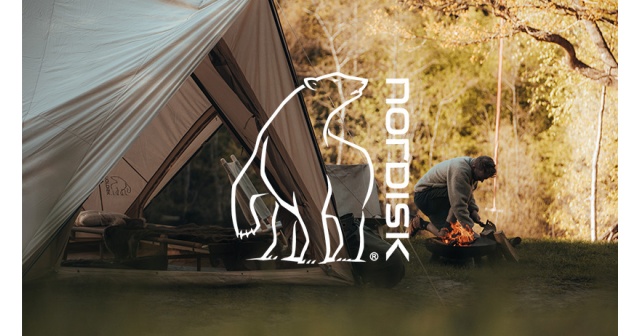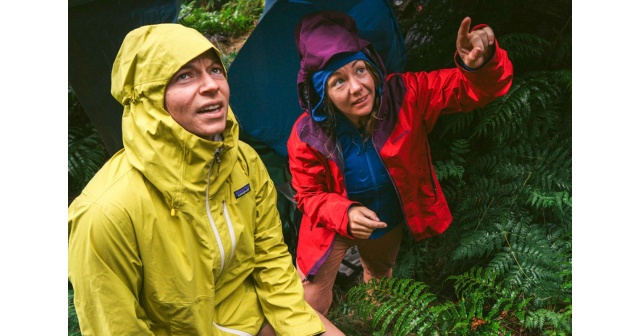
Autumn is a wonderful season for the mountains: fewer people on the trails, cooler and clearer weather. But it can also be treacherous — the days are shorter, conditions change quickly, and moisture and wind rapidly “steal” your body heat.
Below you’ll find a guide on how to prepare so that your hike is both enjoyable and safe — with specific details that are often overlooked.
Layers – the foundation without which nothing else works
Many people focus on the jacket but underestimate the base layer. This is what determines whether you stay dry and warm. Materials like Patagonia Capilene or merino wool wick moisture away from the skin and retain warmth even when you sweat.
A little-known trick is to carry a spare base layer in a dry bag – changing into it after a few hours of hiking does wonders for comfort.
Above it comes the mid-layer – a light fleece – and on top a wind-and waterproof shell. Autumn rarely forgives mistakes in layering.
Footwear and Socks – grip is more important than lightness
In autumn, trails are covered with wet leaves and mud, and rocks and roots become slippery. It’s better to have slightly heavier but stable shoes. Scarpa offers mountain and trail models with aggressive tread and durable soles.
Don’t underestimate socks: Point6 (merino) are an investment that keep you dry, warm, and reduce the risk of blisters.
Backpack – not just volume, but organization
For day hikes, 20–30 liters is enough, while for longer ones you’ll need 35–50 L. Gregory and Patagonia offer models for different scenarios. Ventilated backs and quick-access pockets for hat, gloves, or headlamp are important.
Many people forget about dry bags inside – they keep spare clothes and the first-aid kit safe from moisture. If you plan a more technical route, choose a simplified model with loops for trekking poles or an ice axe.
Headlamp – the autumn “must-have”
Days are short and descents often happen at dusk. A headlamp is not a spare accessory, but a core part of your gear. For marked trails, 200–300 lumens are enough, while for more technical routes you’ll need at least 350–400.
At Basecamp you’ll find models from Black Diamond andSilva – all with multiple light modes and reliable waterproofing. Always carry a spare battery, as cold drains power much faster.
Food and Hydration – calories are part of safety
Cold increases energy expenditure in autumn. Lightweight, freeze-dried meals from Lyofood are a great choice, and for quick energy on the go, add gels and bars from Chimpanzee.
They provide a fast boost of carbohydrates and minerals to keep your strength up during long ascents. Don’t forget electrolytes – in cold weather thirst feels weaker, but your body’s need for minerals stays the same.
Navigation and Safety – the small things that make a big difference
Good navigation is key: a GPS watch, offline map on your phone, or a paper map can save you from unpleasant surprises. Pack a first-aid kit with bandages, elastic tape, painkillers, and a survival blanket.
Small accessories like a whistle, multitool, or waterproof phone pouch are often neglected but invaluable in critical moments. And a hat and light gloves are small items that can make a big difference in cold wind.
Autumn is a season of contrasts – beauty and risk at the same time. Proper preparation and the right gear make the difference between a “pleasant memory” and an “unexpected ordeal.”
Check out all the options at Basecamp here.






